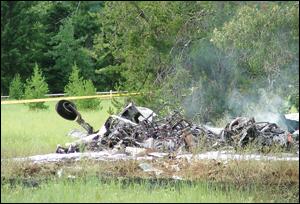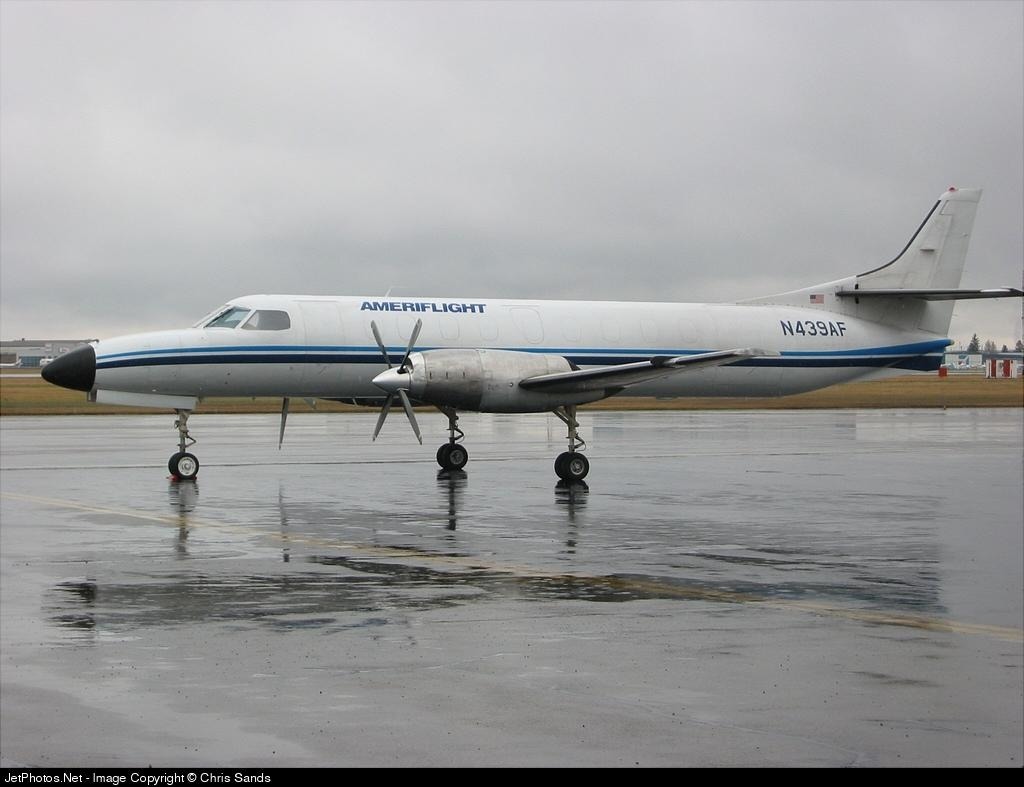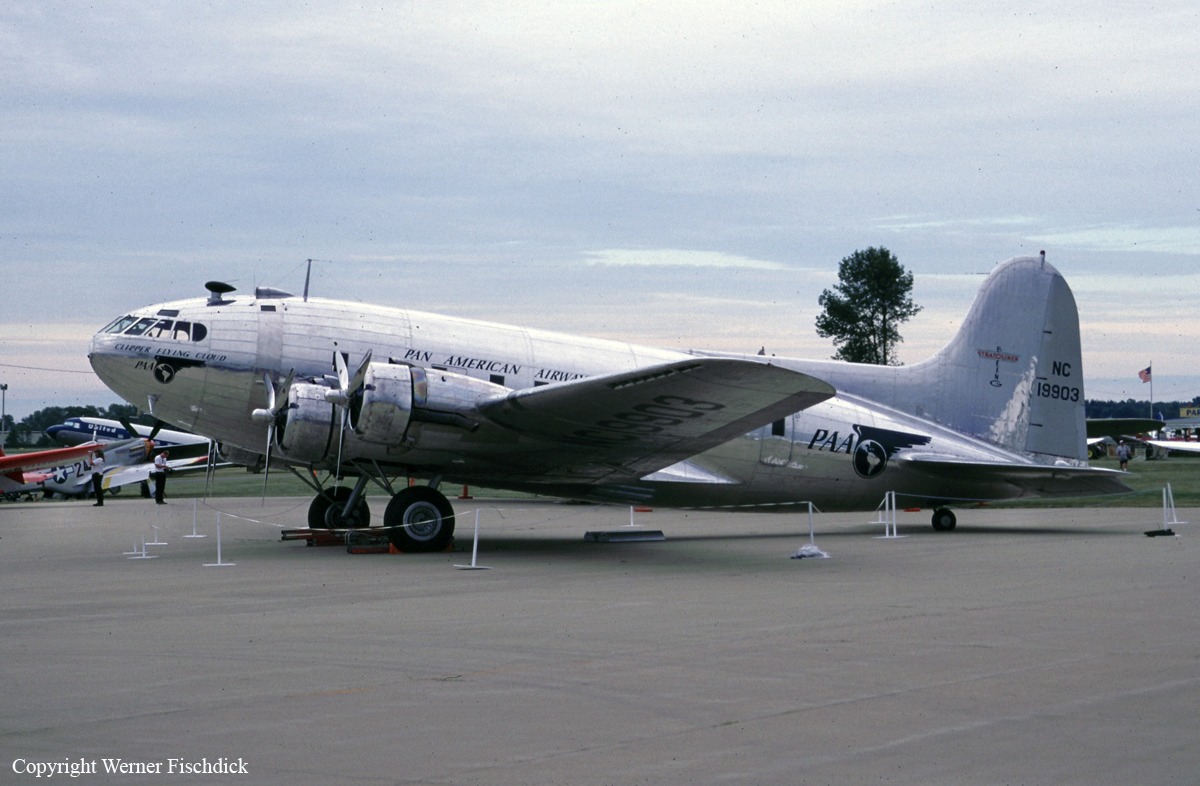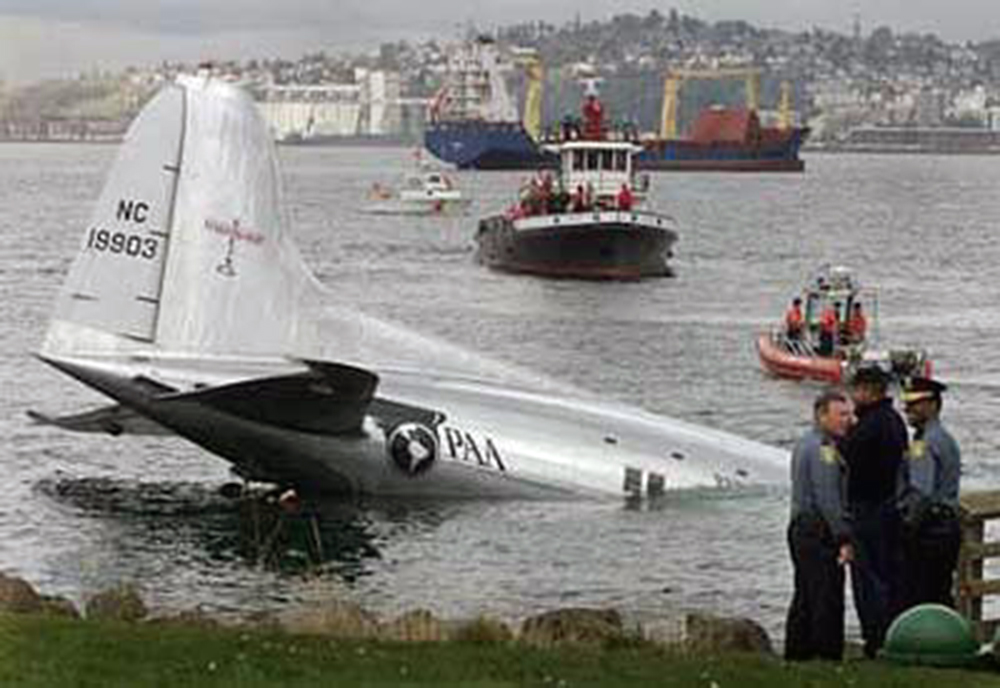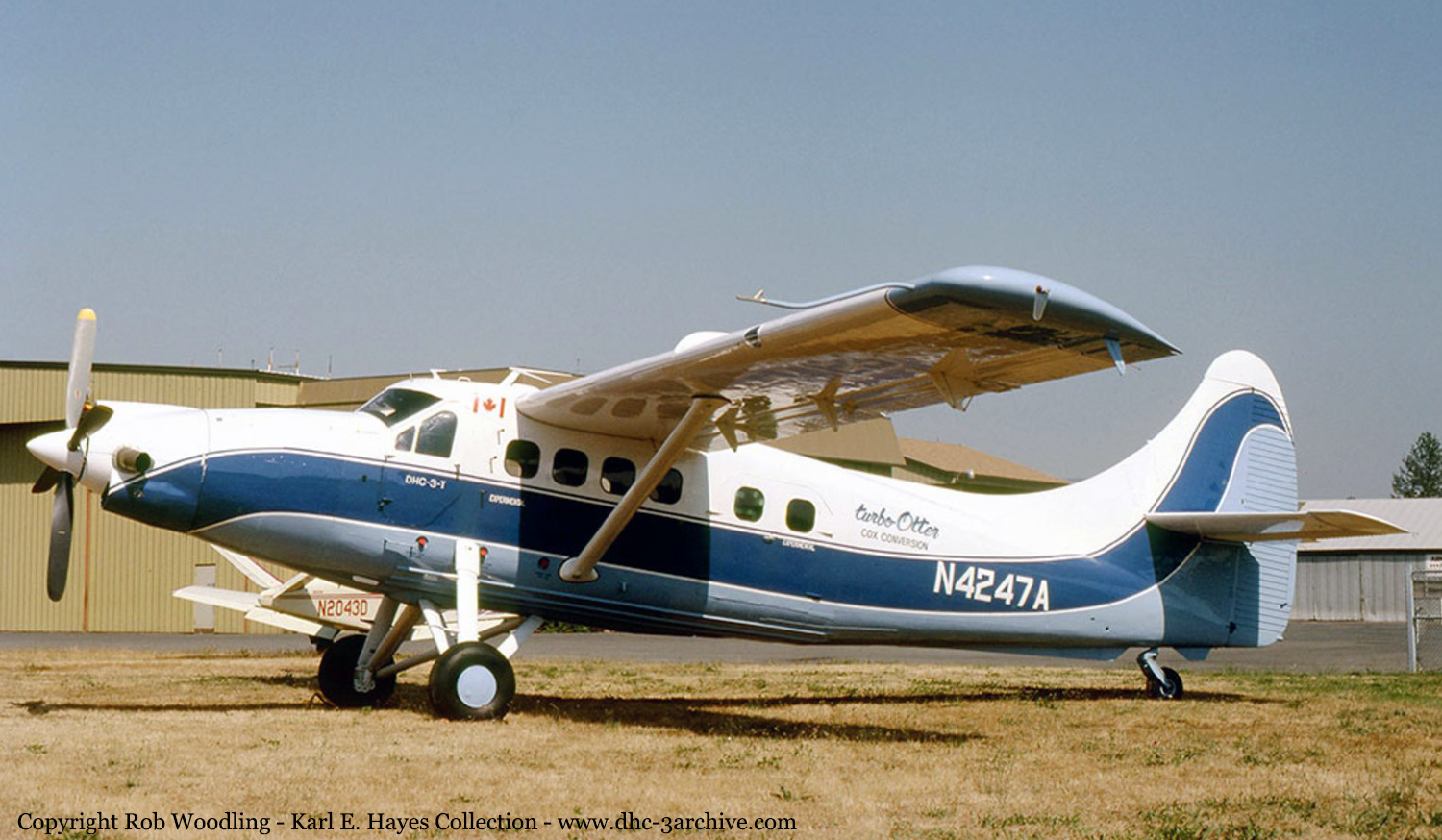Crash of a Piper PA-31-350 Navajo Chieftain in Easton: 1 killed
Date & Time:
Jul 11, 2006 at 1735 LT
Registration:
N40ST
Survivors:
No
Schedule:
Spokane - Seattle
MSN:
31-7405183
YOM:
1974
Crew on board:
1
Crew fatalities:
Pax on board:
0
Pax fatalities:
Other fatalities:
Total fatalities:
1
Captain / Total hours on type:
102.00
Aircraft flight hours:
3646
Circumstances:
While cruising en route in VFR conditions, the aircraft lost power on both engines. The pilot attempted an emergency forced landing at a nearby unpaved State airport, but after encountering a 20 mph tailwind on downwind and a 20 mph headwind on final, the aircraft impacted a tall conifer tree while about one-half mile from the approach end of the runway. The reason for the dual engine power loss was not determined.
Probable cause:
The loss of power in both engines for undetermined reasons while in cruise flight, leading to an attempted forced landing. Factors include unfavorable winds at the site of the forced landing, and trees off the approach end of the grass runway the pilot was attempting to land on.
Final Report:
